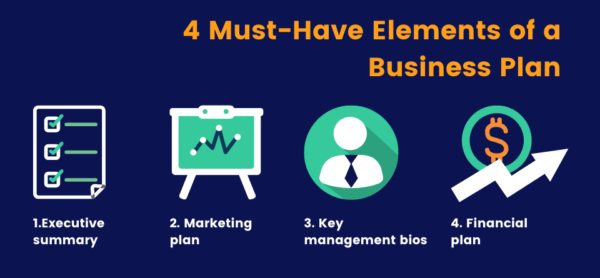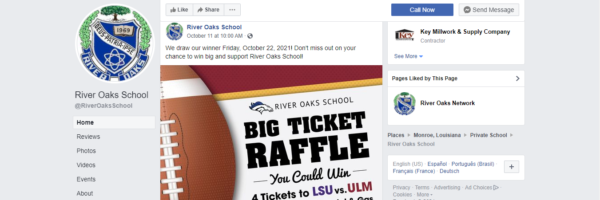
As someone interested in advancing the education field, you no doubt are aware of the ways private schools can serve a specific community. Plenty of passionate educators have opened these institutions to meet needs they felt were going unacknowledged. For example, Ron Clark founded the Ron Clark Academy to give students a learning environment that promoted more creativity, innovation, and a stronger passion for learning than other options could. When Clark, the 2000 Disney Teacher of the Year, opened the doors of the academy, every student and teacher entered the building via a 20-foot indoor slide, proving it would be an institution that dared to be different.
Then there’s Mercedes Ricon, founder of Killian Oaks Academy, in Miami, Florida. Ricon wanted to promote a more individualized learning experience. The school she founded accomplishes this by allowing no more than 10 children per class and by seating them in a semicircle around the teacher.
Perhaps your reasons for wanting to start a private school are similar to Ricon’s or Clark’s. Or maybe you want to integrate elements that are excluded from a public school’s curriculum — such as religion — into the education of the children in your community. No matter what drives you to learn how to start a private school, this guide will help you achieve your goal.
Stay connected to students, families, and staff with expert marketing advice and all the tools you need, all in one place.
What is a private school?
A private school, also known as an independent school, is one that a group of people financially supports — often tuition-paying parents or guardians — or by an individual. Many people hear the phrase “charter school” and believe that is a private school. But that’s not true; there is an important difference.
Both private and charter schools are independently run, but charter schools receive funds from the government. A private school, however, receives no federal funding. All of a private school’s money comes from tuitions, grants, donations, or endowments.
Who can open a private school?
Many people who have opened private schools have been educators. But that background is not required. There is also a difference between completing educational requirements to become a principal of a private school and owning a private school.
You can start and own a private school if you obtain and file the proper nonprofit or for-profit articles of incorporation with your state. Doing so is a simple business transaction.
How to start a school: The steps to take
Planning
Start small, and begin by taking inventory of the needs of your community. Research the already-existing school options in your area to determine whether another private school would be appropriate or well-received. In particular, you’ll want to learn whether any school already in operation is filling the need that you believe exists.
Once you establish a need, work on how you envision meeting that need. Will all subjects have equal priority? Or will you instead focus on liberal arts or STEM or other foundations for careers? Or will you want most subjects to take a back seat to a religious perspective?
Will your school accept students from grades K through 12? Or do you plan, instead, to provide a curriculum only for elementary-, middle-, or high-school pupils? And where will your school be located?
This is not an exhaustive list of considerations. But it does provide a good starting point from which you can clarify your intentions.
Once your intentions are clear, share them with like-minded people who have business, legal, or educational experience. Put a committee together that will be ultimately responsible for pushing the school through its early stages. You can grow this core group as the school establishment process goes on.
Making a basic business plan
Remember, as you seek to provide students with a quality education, that a private school is, nonetheless, a business. It calls for a good business plan.

Four must-have sections of a business plan will let you dive deep into the logistical side of starting a school. Section 4, the financial plan, will include
- whether the school will be nonprofit or for-profit
- how much funding it will need to operate effectively
- how the money will be obtained
Be sure to have a solid business plan in place before seeking funding. Donors will feel more comfortable contributing if they know how you are using their money.
Funding and hiring go hand in hand since part of the budget you will create will go toward paying your faculty and staff for their time and expertise. Be sure you know how much you can afford to pay before you begin bringing people on board.
Hiring personnel
Don’t forget to establish clear criteria for screening potential employees. Regardless of your school’s mission, you’ll want to be certain those on your payroll are in alignment with them. This benefits the students who will walk your hallways and you and the staff members you hire.
Survey your committee members to try to find human-resources expertise. Also, consider reaching out to administrators of other schools for advice on what criteria to establish. While you build a network of private school experts, it helps to join a national or regional private school association, such as the National Association of Independent Schools (NAIS). Take advantage of the connections and networking opportunities that membership creates.
Scout out potential faculty and staff members who not only align with your school’s mission but also have the proper degrees, licensure, and certifications, as required by your state. Post ads on education-specific job boards and attend teacher job fairs. Once you’ve begun hiring, don’t forget to implement training or orientation sessions to familiarize employees with the school’s values, policies, and expectations.
Registering the school
Last, you’ll need to register your school with the state. Each U.S. state has different regulations and accreditations that a school must meet. You’ll need to do thorough research on what the applicable state deems necessary for your school to open its doors. Start by consulting the U.S. Department of Education’s private and home school state regulation map.
It never hurts to enlist the aid of a reliable legal professional to help you navigate this step of the process. You’ll want to be sure all of your bases are covered, so you don’t violate any education laws.
How to find prospective students
Finally, address the most important part of any school: the students. Making yourself familiar with the ins and outs of private school marketing is one of the best ways to attract your desired demographic.
While word of mouth and community engagement go a long way in establishing any new business, don’t underestimate the value of a strong social media presence and user-friendly website. Be sure your brand is clear, and let prospective students and their parents know what makes your school stand out from the rest.

Start planning your private school
Take a moment, consider your community, and envision what kind of school your area could benefit from having. Is there a need you feel you can fulfill? If the answer is yes, start your process and move one step at a time. With thorough and proper research on every aspect of how to start a private school, you’ll certainly find success.




